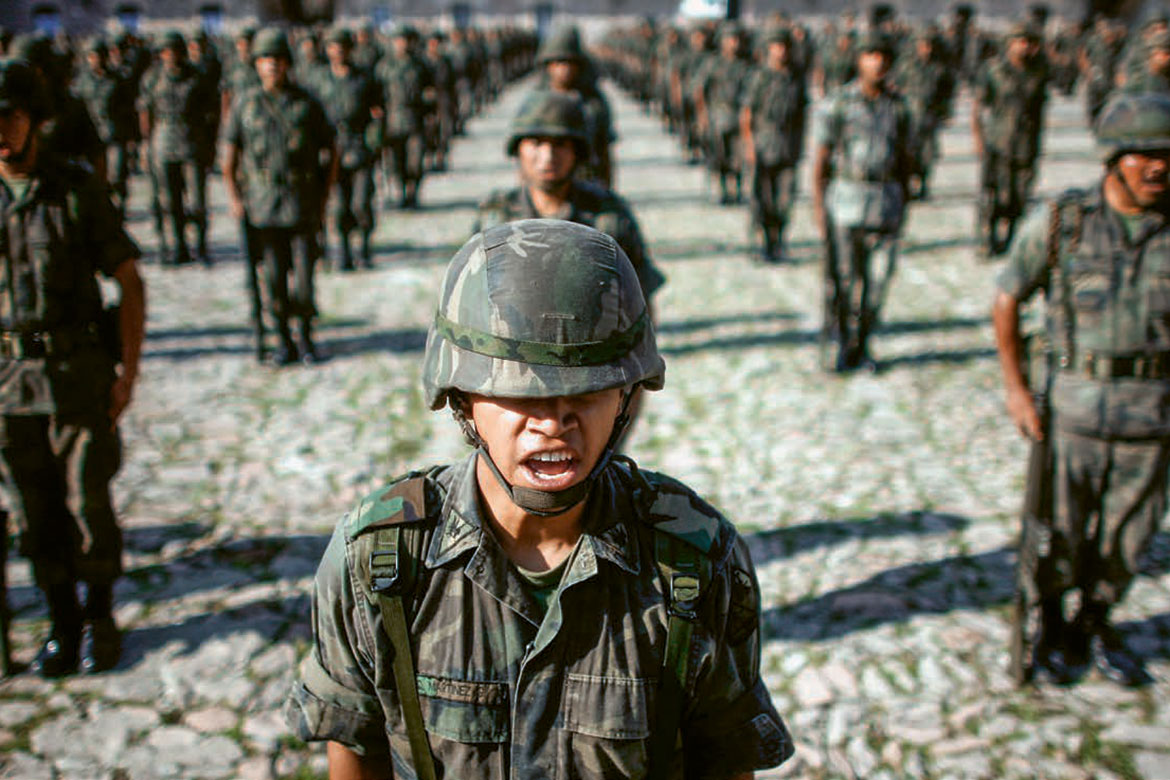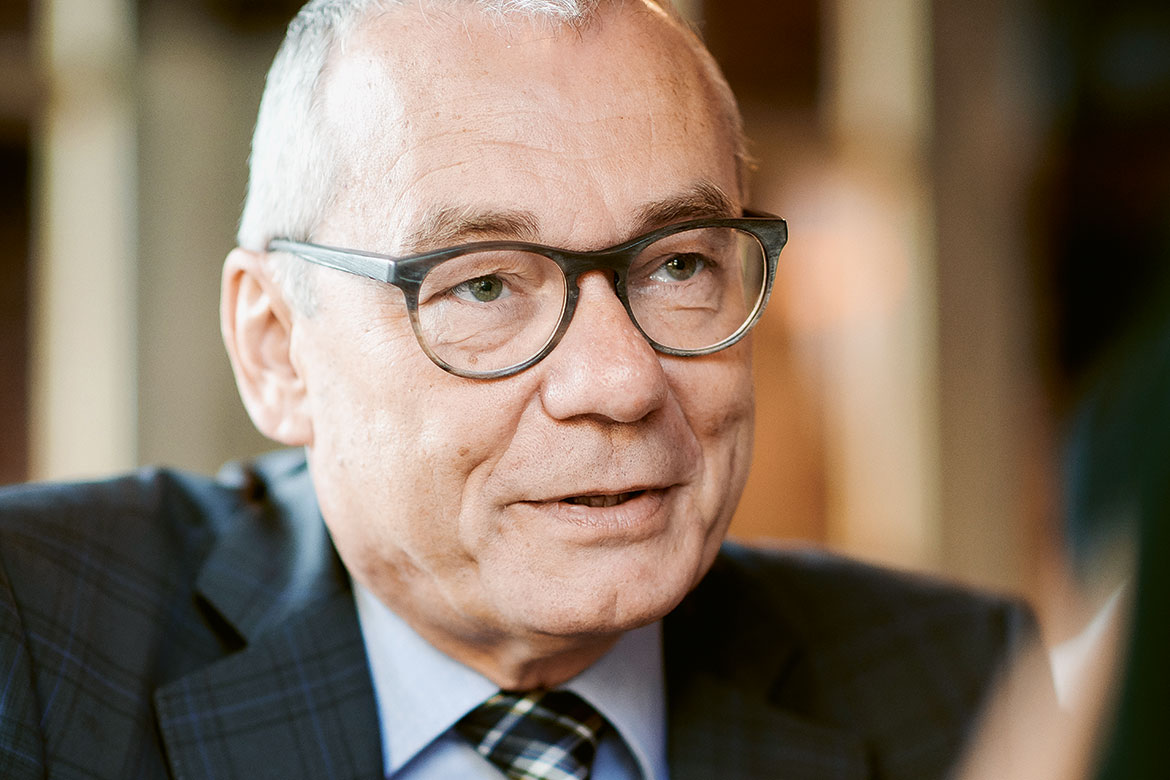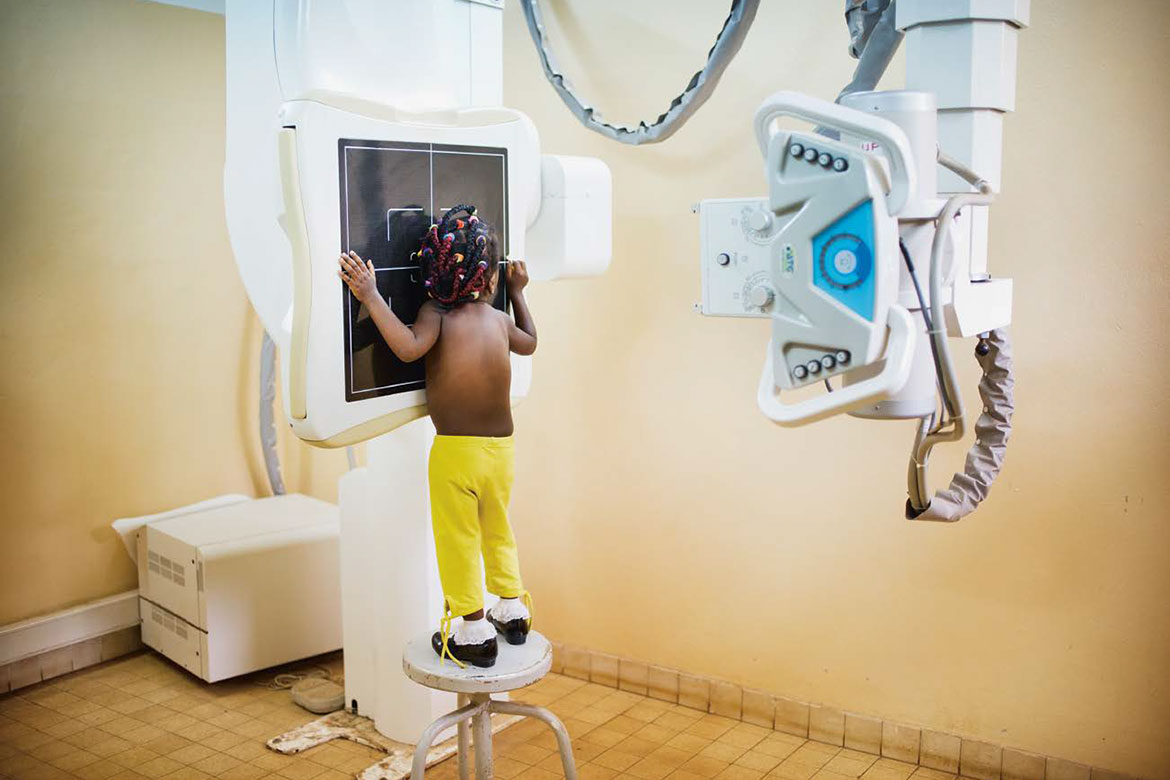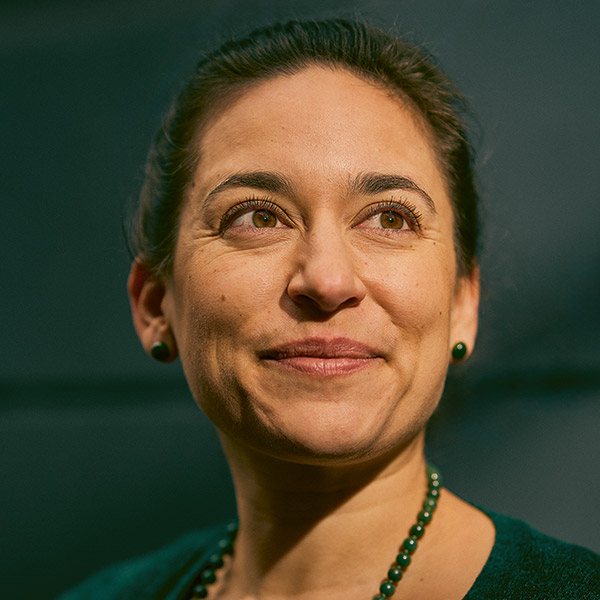When the state employs lethal force against its own people
The manner in which decision-makers speak about conflict can tell us whether human rights are upheld in their country.

Michoacán 2009: The state offensive against the drugs cartels left no room for alternative approaches to solving the problem. | Image: Keystone/AP Photo/Miguel Tovar
State violence doesn’t occur in a vacuum. Ten days after being sworn in as President of Mexico in 2006, Felipe Calderón sent 7,000 soldiers to the state of Michoacán to use it as a base for the war against drugs cartels and organised crime. He argued that he needed to protect the population from attacks. But the price paid for this attempt to restore security was high. During Calderón’s six years as President, more than 60,000 people died in connection with the war on drugs.
Mexico: deadly protection
The political scientist Evelyne Tauchnitz has taken a closer look at the Mexican government’s discourse shortly before, during and after launching ‘Operation Michoacán’. As part of her doctoral thesis at the Graduate Institute of International and Development Studies in Geneva, Tauchnitz analysed state violence in the light of human rights norms. Her analysis shows that the warlike vocabulary and the emphasis on the all-encompassing topic of security left hardly any room to consider a solution that didn’t involve deploying the military. At least in this early stage of the war on drugs, Calderón knew that public opinion was behind him. The drugs cartels were depicted as a threat to security first and foremost, but also as an obstacle to the economic development of the country. No consideration was paid to the possibility that poverty, a lack of prospects and inadequate education could be the main reason why young Mexicans enter into the highly risky, but also highly profitable drugs business. Nor did the government discuss whether it was even legitimate for the army and navy to support the police in pursuing criminals. On the contrary, involving the army was regarded as a big help for which the population should be grateful.
“Governments often justify the use of coercive means by arguing that they want to protect the population from security threats”, explains Tauchnitz. But we should also expect a democracy such as Mexico to respect fundamental human rights. The law must be upheld, along with the fundamental right to life of all citizens. “The Mexican drugs war offers an example of how our right to protection can be instrumentalised to justify state violence”. For as long as the duty to protect human life isn’t also applied to potential criminals, says Tauchnitz, state violence cannot be held back. Only if this duty to protect is applied to everyone does the probability increase that a government will engage in more peaceful methods to resolve a conflict.
India: war and peace
Tauchnitz’s research didn’t just take her to Mexico, but also to India, where she engaged in two case studies on contrary methods employed in the political conflict with the Naxalites, a Maoist rebel group. In the state of Andhra Pradesh, peace talks were able to take place between the government and rebel leaders during the years 2004 and 2005. But in 2009, the state of Chhattisgarh instead set about suppressing the rebels by force. So in these two chapters of one and the same conflict in the same country, the one involved an escalation of violence, while the other invoked the possibility of political reconciliation. Tauchnitz analysed them in order to compare the different discourse of the key players and their impact.
In the case of Andhra Pradesh, it transpired that the decision-makers categorised the conflict in socio-economic terms, speaking of poverty, inequality and land ownership. This pattern suggested that land reforms were necessary to deter the poor from taking up the struggle against the government. It was also discussed how the rebels might be convinced to enter the democratic framework of the state as a ‘normal’ political grouping. Throughout the peace negotiations, the government refused to depict the conflict as a serious security problem – in contrast to the government in Chhatisgarh a few years later, where protecting the civil population from rebel attacks was touted as the prime reason for getting the Indian central government to send special units into the province’s hostile areas. The local population subsequently suffered not only from the escalation of violence, but also because they were suspected of supporting the rebels. This made the civil population too a target for excessive state violence.
Tools of diplomacy
The results of her case studies led Tauchnitz to develop a toolbox to help to decode the context of conflicts. How is the problem defined and categorised? Are the deeper causes of conflict discussed, or are people talking instead about military solutions? How is the ‘enemy’ perceived, and how are identities constructed? What emotions are in play, and what values are addressed?
Tauchnitz sees one potential field of application in preventing conflict. “If certain elements occur in the discourse frequently and in combination, this could be a clue that violence will break out in future”, she says.
The expert in international law and human rights Walter Kälin believes that Tauchnitz has provided a helpful analytical tool: “It’s very important to understand the subtleties of conflict situations. You have to be able to demonstrate how a government tries to justify its actions”. The case of Mexico proves how the citizen’s right to protection, which is anchored in human rights, can be misused by states in order to employ inadmissible methods. Only when one understands these mechanisms in detail “is it possible to employ counter-arguments”. But it’s not the job of scholars to provide guidelines for action, Kälin insists; that’s the job of the politicians. If Western diplomacy wants to enter into discussion about a current conflict such as the persecution of the Rohingya in Myanmar, then we first have to take a closer look at the patterns employed in the discourse.
Evelyne Tauchnitz is firmly convinced that “if you want to get countries to respect human rights, then you need a discourse that supports action compatible with that”. In other words: “If we change the manner in which political decision-makers perceive and discuss a specific problem, they’ll make different decisions to solve the conflict”.
Theodora Peter




